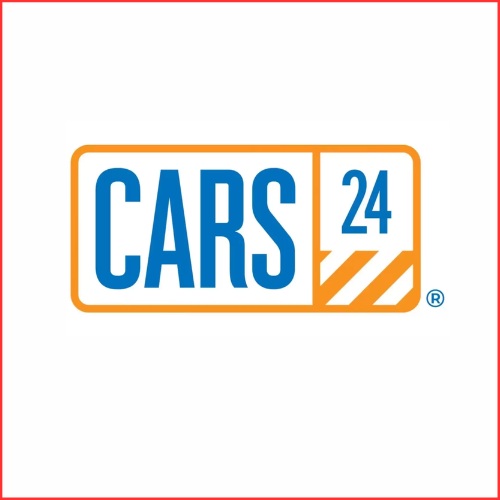The United Auto Workers and the Detroit Three are due to resume negotiations with Chrysler manufacturer Stellantis on Thursday, a tense day after an unexpected strike at Ford’s largest and most lucrative factory elevated the stakes between the two unions.
Ford’s current product portfolio consists of automobiles, SUVs, trucks, and vans. The F-150 pickup truck, Mustang sports car, and Escape SUV are among the company’s most popular vehicles. Ford is also a pioneer in electric vehicle development.
Ford is a large employer in the United States, employing approximately 180,000 people. In addition, the corporation has large activities throughout Europe, Asia, and South America. Ford is dedicated to sustainability and is actively trying to lessen its environmental effects. The corporation has set lofty targets for lowering greenhouse gas emissions and increasing the use of environmentally friendly components in its automobiles.
The decision to close Ford’s Kentucky truck factory employing 8,700 employees, the greatest single walkout since targeted strikes started four weeks ago, occurred as the UAW and Stellantis prepared for another significant round of negotiations, according to sources.
Almost a fourth of the 150,000 UAW employees in Detroit Three automakers are now on strike, and hundreds more have been furloughed from positions in non-strike facilities because manufacturers stated the walkouts rendered their work superfluous.
The Kentucky strike is a message to Stellantis and General Motors, whose salary and benefit proposals fall short of Ford’s, according to summaries published by the automakers and the UAW.
“This puts everybody on notice,” said Sam Fiorani, vice president of global vehicle forecasting at AutoForecast Solutions. “If they haven’t brought anything new to the table since last week, GM and Stellantis should be worried.”
Automakers have more than quadrupled initial salary boost proposals, agreed to raise salaries in line with inflation, and improved compensation for temporary employees, but the union wants greater wages, the elimination of a two-tier payment structure, and unionization of battery facilities.
The decision by UAW President Shawn Fain to close production lines that produce Ford Super Duty pickup trucks as well as Lincoln Navigator and Ford Expedition big SUVs is a blow to Ford that may soon weaken the automaker’s full-year profitability.
Ford’s most lucrative unit, the Kentucky truck factory, produces $25 billion in yearly sales, accounting for about one-sixth of the company’s worldwide automotive income.
“There are very expensive products here that are extremely profitable,” Fiorani said. “With the Super Duty in this plant, this is Ford’s largest plant. They’re on target to build 400,000 vehicles this year.”















